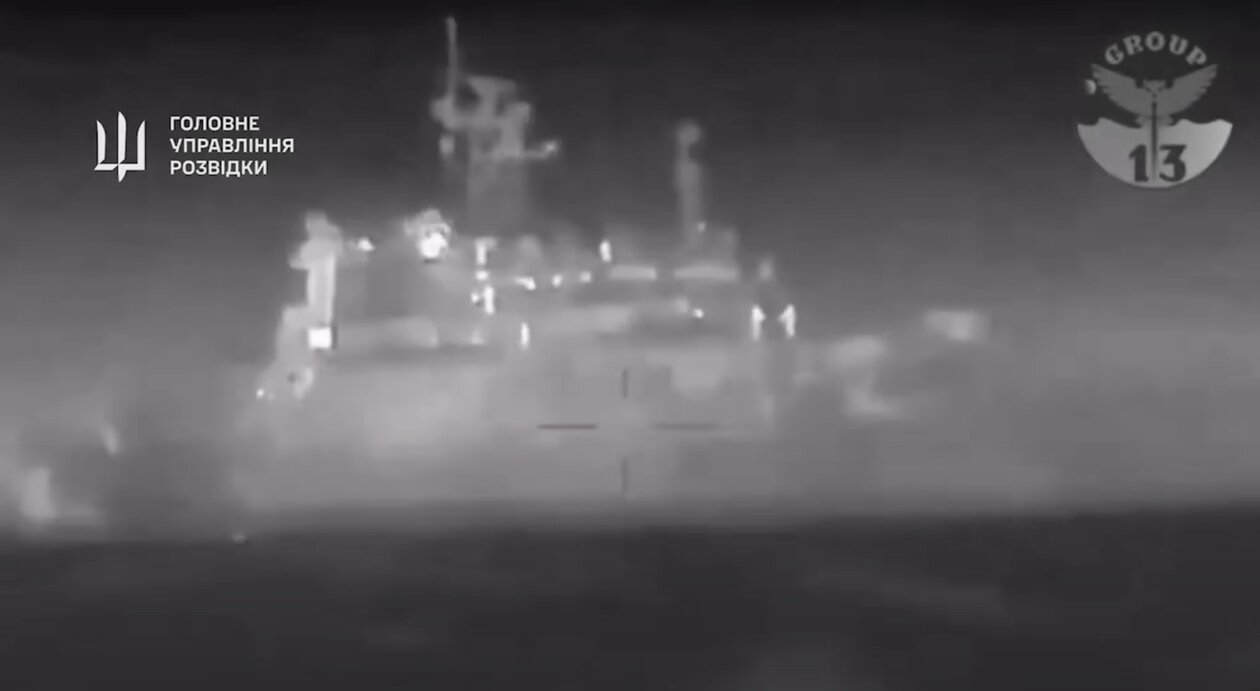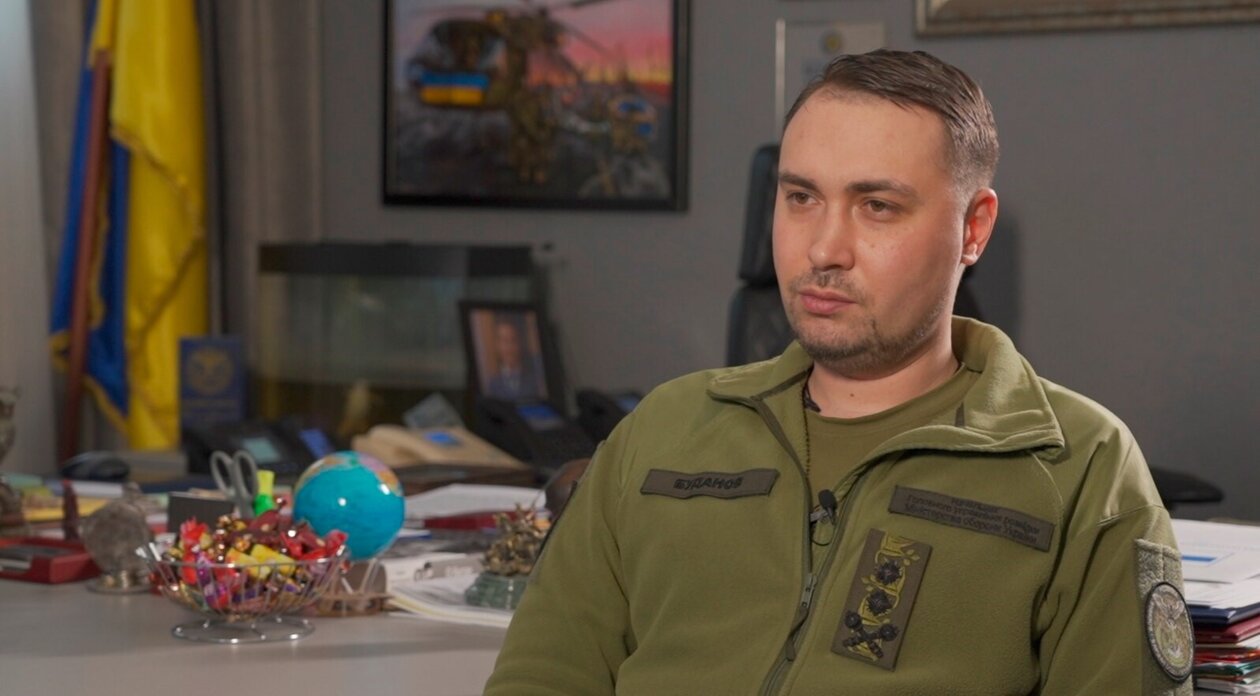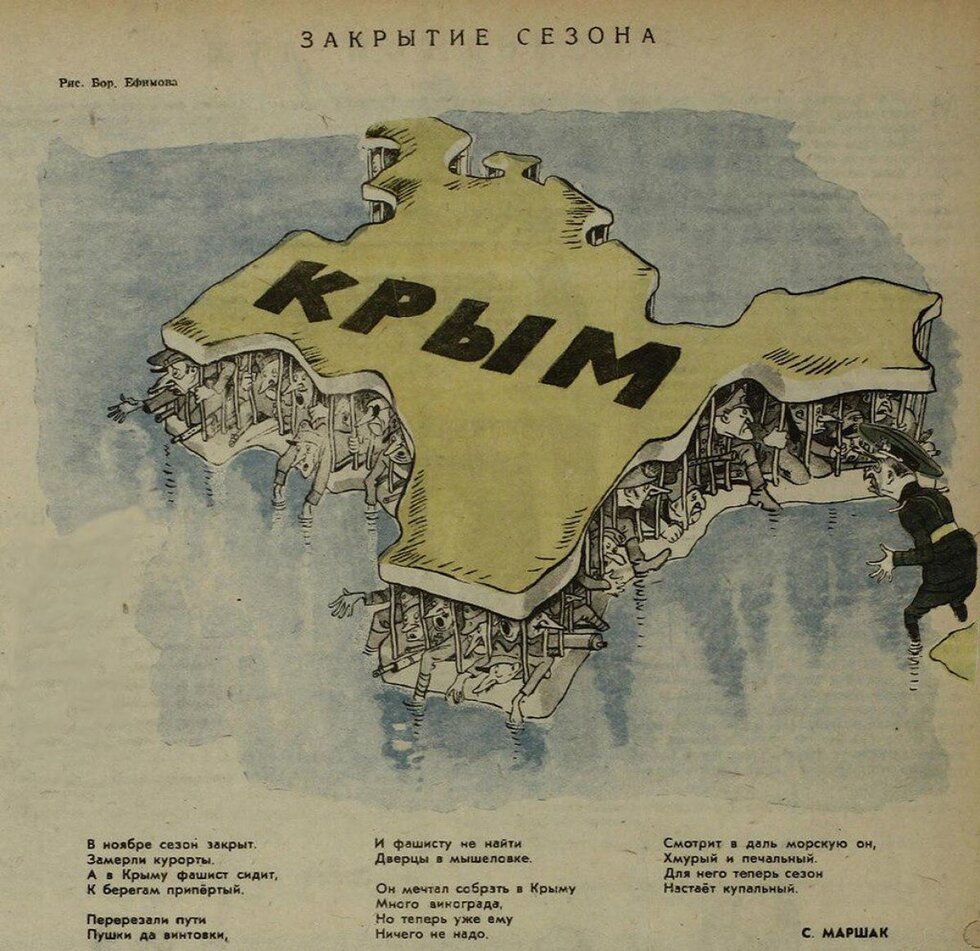Why the Idea of De-Occupying Crimea through Non-Military Means is Misguided
Two years of the russian invasion of Ukraine has reshaped economies, geopolitics, and security paradigms. This incursion has also redefined contemporary warfare. The war is obviously a territorial struggle marked by the extensive use of conventional weaponry and mass mobilization. russia committed substantial resources to achieve its strategic objective of occupying all of Ukraine or tactical goals of lesser importance, such as the battles for Donetsk region’s cities of Bakhmut and Avdiivka, russia’s army has also incurred severe casualties. The Ukrainian Armed Forces estimate significant russian manpower losses allegedly exceeding 400,000 personnel, with around 47,000 killed and wounded soldiers in Avdiivka alone in the past months. The deployment of thousands of tanks, hundreds of helicopters and fighter jets creates a powerful visual impact, drawing the attention of global analysts and open-source intelligence activists to the staggering casualties. Meanwhile, the public and politicians focus on the atrocities inflicted upon ruined cities and the loss of human life.

Russian Large Landing Vessel "Ceasar Kunikov" minutes before it was destroyed by Ukrainian naval drones. Screenshot: Ukrainian Ministry of Defense video.
“By peaceful means only”
Ukraine's ability to defeat the enemy, whose manpower capacity surpasses Ukrainian forces by at least a factor of five, has been repeatedly questioned. In traditional warfare concepts, such odds are deemed nearly insurmountable. One of the latest cases in point is the skepticism faced in 2022, when Ukraine’s western partners doubted its capacity to resist, sustain its war effort, and even mount offensive campaign against russia. Similarly, from 2014 to 2021, many western politicians suggested conceding Crimea to moscow arguing that russia's strength made its liberation impossible. They claimed Ukraine lacked the influence and military power necessary to achieve such a feat. In 2021, in the principal documents of established by the government Crimea Platform1, Ukraine, pressured by its international partners, declared that the main goal of the Platform is to seek de-occupation and return of Crimea by peaceful means only. Such an exclusively diplomatic approach to Crimea’s de-occupation was a key precondition for participation of western allies in this initiative.
Innovative Warfare
It is understandable why Ukraine’s ability to de-occupy Crimea militarily is questioned: politicians are still entrenched in classical war paradigms. However, the character of warfare has evolved, first of all due to the actions of Ukrainians.
The Ukrainian nation possesses a strong spirit of innovation and entrepreneurship. This characteristic, coupled with the absence of adequate weaponry supply and capabilities, has necessitated on-the-spot revisions of battlefield tactics. A key tenet of NATO's operational doctrine involves conducting air campaigns to secure air dominance and employing attrition tactics to neutralize critical enemy air power components. Ukraine lacks such resources to achieve air superiority over russians. These shortcomings have necessitated battlefield innovations: in the past two years, drones have emerged as a pivotal asset of Ukraine’s combat approach. To compensate for deficiencies in artillery, reconnaissance instruments, airpower, and navy, Ukraine has focused on modernizing and developing various autonomous underwater vehicles (AUVs), ranging from basic first-person view drones to unique remote-controlled sea drones. These drones have transformed the nature of warfare, become one of the most crucial factors in Ukrainian land operations along the extensive frontline spanning over 1,500 kilometers.
However, the most significant impact of AUVs has been demonstrated at sea, where they have served as principal game-changers. Somehow such a shift has remained largely unnoticed by the Western public due to its less visible nature, lacking the impressive visual effects associated with traditional military operations.

Kyrylo Budanov, the Head of Ukraine's Military Intelligence Directorate (GUR), the person behind Ukraine's naval drones campaign. Yevheniy Shynkar, This media is in the public domain in the United States because it solely consists of material created and provided by Voice of America.
Not the same with military. UK Minister of State for the Armed Forces James Heappey remarked at the Warsaw Security Forum, "Look at what Ukraine has now done in the Black Sea! Ukraine has achieved the functional defeat of the russian Black Sea fleet." This statement continues to hold true for the past year. In 2022, russian maintained full control of the Black and Azov Seas, what allowed to block all Ukrainian maritime transportation, destroy the much smaller Ukrainian navy, and constantly threaten with amphibious operations along the Ukrainian coastline. After two years buttle, the Ukrainian Armed Forces have neutralized 24 russian ships and one submarine, what constitutes approximately 33% of the russian Black Sea fleet. Additionally, Ukraine’s Special Operations Forces and intelligence units consistently disrupt enemy air force and navy infrastructure, as well as logistics and supply routes. russia has been compelled to relocate most of its vessels from Crimea to russia’s Black Sea port Novorossiysk, significantly diminishing its naval capabilities and ability to control the maritime domain. Despite the absence of an effective navy force, Ukraine has successfully restored Black Sea trade routes, following russia’s withdrawal from the internationally mediated Black Sea Grain Initiative without further need for special agreements or mediators, thereby demonstrating ownership. What is most striking is that Ukraine has gotten the upper hand through an unconventional and innovative methods: control over the sea was gained by using newly developed and relatively inexpensive AUVs. This invisible by many buttle strategy has proven to be exceptionally effective.

"The Fascists Are Trapped in Crimea. They are sad and can only swim away in cold waters". A Soviet propaganda poster from 1944.
Fighting for the undefendable
Hence, a dominant belief among Western diplomats and politicians is that Crimea cannot be liberated by military means - it is a wrong understanding of military lessons. The opposite is true. Historically, Crimea could never be defended by military means. In the past centuries, military attacks were the sole reason of losing control over Crimea, regardless of what country held the peninsula at that moment.
Retired U.S. General Ben Hodges views de-occupation of Crimea as a pivotal step in Ukraine's path to victory in this war2. His assessment is echoed by the Chief of Ukraine’s military intelligence directorate Kyrylo Budanov. He assesses that reclaiming Donbas would be more challenging than de-occupying Crimea3. Budanov proposes a strategic approach to Crimea’s de-occupation that comprises two key tasks: to severe the land corridor and to destroy the Crimean Bridge between russia and the Ukrainian peninsula. He asserts that achieving these objectives will make the Crimean Peninsula’s return to Ukraine is ‘inevitable’. This approach actually mirrors successful Ukrainian operations with disruptions of russian logistics and supply lines, eroding personnel, material, and morale, conducted at the outset of the invasion. Akin to attrition warfare, this approach is particularly effective given the geographical vulnerabilities of the Crimean Peninsula.
Presently, both Ukraine and russia hold their territorial objectives as non-negotiable that leave no room for diplomatic solutions. However, a military option remains feasible. Ukraine's priority is to break the current deadlock, rather than allowing it to devolve into a protracted stalemate, in which numerical disparities might disadvantage Ukraine. It is true that Ukraine requires further firepower supplies, particularly long-range weapons systems, and its troops advancing closer to the Isthmus of Perekop to conduct an offensive operation. However, Ukraine has already demonstrated its ability to innovate on the battlefield. Echoing General Budanov, success is a matter of time. Once Ukraine keeping the control over the sea domain cuts off russia’s supply lines via the Kerch bridge, and approaches the Isthmus of Perekop, russian troops will have no chose and have to retreat. I believe, in the coming years, the world is likely to witness how this invisible and innovative battle for Crimea yields a tangible victory.
Did you like this article? Donate and support the European Resilience Initiative Center:
[1] The Crimea Platform is a diplomatic summit initiated by Ukraine in August 2021. It is designed to increase the effectiveness of international response to the ongoing occupation of Crimea by the russian federation and mounting security threats projected by russia. More than 60 states and international organizations participated in the Platform Summit at 2023.
[2] "Crimea is a decisive territory. General Hodges predicts when the Ukrainian Armed Forces will liberate the peninsula." TSN, https://tsn.ua/en/ato/crimea-is-a-decisive-territory-general-hodges-predicts-when-the-ukrainian-armed-forces-will-liberate-the-peninsula-2248555.htm
[3] "Returning Donbas to Ukraine will be more difficult than Crimea, Budanov explained the important nuances." TSN, https://tsn.ua/en/ato/returning-donbas-to-ukraine-will-be-more-difficult-than-crimea-budanov-explained-the-important-nuances-2515606.html